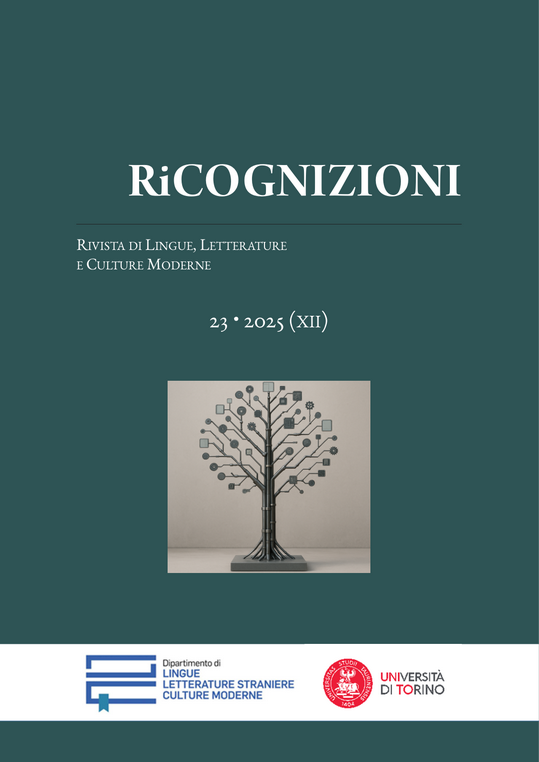Constraints on the Art and Craft of Constructing Languages
Lessons Learnt from Classic Interlinguistics
DOI:
https://doi.org/10.13135/2384-8987/11928Schlagworte:
Interlinguistics, Constructed languages, Conlanging, Language construction, Esperanto, KlingonAbstract
In the 21st century, constructed languages started to be normalized as an object of scientific study. Their construction has become increasingly popular thanks to the spread of the internet and, therefore, the availability of linguistic resources from the most ‘exotic’ human languages. The practice of constructing languages (in brief, conlanging) is often made by non-professional linguists with much enthusiasm and anecdotal experience but without a solid linguistic ground. Interlinguistics may be divided into four periods (prehistorical, classic, modern, postmodern), where conlanging is the postmodern part. From its history, contemporary conlangers can profit from the errors and successes of their predecessors of classic Interlinguistics. This period started with the publication of Volapük (1879) until the release by IALA of Interlingua (1951). Its protagonists were mainly involved in the quest for the optimal International Auxiliary Language (IAL); nonetheless, their lessons are still valid.
Downloads
Veröffentlicht
Zitationsvorschlag
Ausgabe
Rubrik
Lizenz
RiCognizioni is published under a Creative Commons Attribution 4.0 International License.
With the licence CC-BY, authors retain the copyright, allowing anyone to download, reuse, re-print, modify, distribute and/or copy their contribution. The work must be properly attributed to its author.
It is not necessary to ask further permissions both to author or journal board.








